46 - 60 out of 78
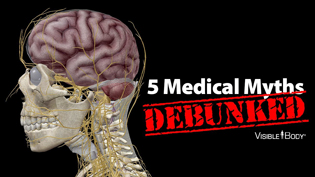
Does cracking your knuckles lead to arthritis? If you pluck a gray hair, will more grow back? Do we really use only 10% of our brains? In this video, we tackle some famous myths and old wives' tales.
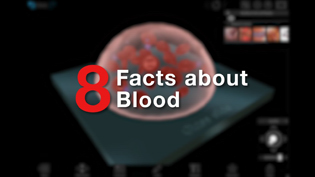
The heart pumps blood through a vast network of arteries and veins. Blood is a living fluid. It transports oxygen and other essential substances throughout the body, fights sickness, and performs other vital functions.

The heart pumps blood through a vast network of arteries and veins. Blood is a living fluid. It transports oxygen and other essential substances throughout the body, fights sickness, and performs other vital functions.

Blood circulates to carry oxygen from the air we breathe to cells throughout the body. The pumping of the heart drives this blood flow through the arteries, capillaries, and veins. One set of blood vessels circulates blood through the lungs for gas exchange. The other vessels fuel the rest of the body.

Skeletal muscles contract and relax to mechanically move the body. Messages from the nervous system cause these muscle contractions. The whole process is called the mechanism of muscle contraction and it can be summarized in three steps.

The human skeleton has a number of functions, such as protection and supporting weight. Different types of bones have differing shapes related to their particular function. So, what are the different types of bones?
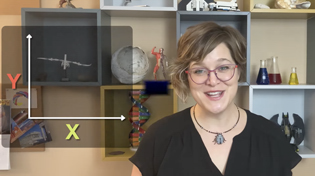
Dr. Harley explains the anatomy of a graph, different types of common graphs, and walks through examples of ways to interpret data.
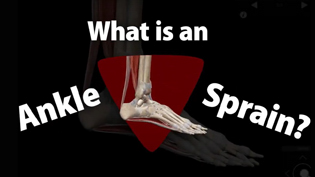
What is a sprained ankle? How is an ankle sprain different from an ankle strain or an ankle fracture?

When the lower esophageal sphincter doesn't close properly, stomach acid flows into the esophagus, causing acid reflux, or heartburn.

You’ve probably heard of “fight or flight,” which is the response the body has to stress or fear. Let’s use the interactive 3D models in Human Anatomy Atlas and Physiology & Pathology to walk through the body's fear response!
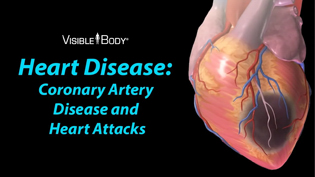
Learn about coronary artery disease (CAD) and heart attacks with Visible Body Suite.


Explore the structure of skeletal muscle with our 3D muscle tissue microanatomy model in Visible Body Suite.

Dr. Cindy Harley explains how your body is basically a castle and your innate immune system acts as the peasant army, castle sentries, and royal soldiers that fight to keep enemy invaders (in this case, viruses and bacteria) from taking the throne.

Explore the organelles inside plant cells, as well as the inner structures of chloroplasts and the process of photosynthesis.
When you select "Subscribe" you will start receiving our email newsletter. Use the links at the bottom of any email to manage the type of emails you receive or to unsubscribe. See our privacy policy for additional details.
©2025 Visible Body, a division of Cengage Learning